urseberry|1452062383|3971525 said:No, you can use the ASET on a mounted stone. You'll hold it up directly to the scope and won't need the tweezers. Just try to line up the table with the edge of the scope. I believe there are instructions printed on the packaging.
Thanks. Will the result of using the scope give me a picture I can post here for other's judgement? Or is that just something that the bigger more sophisticated scopes give you?

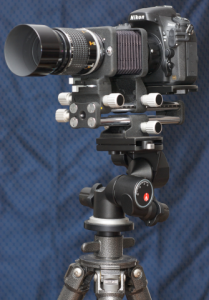
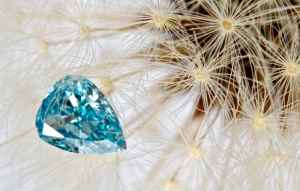
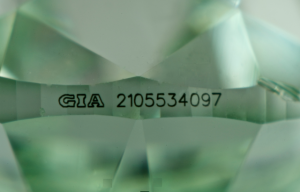
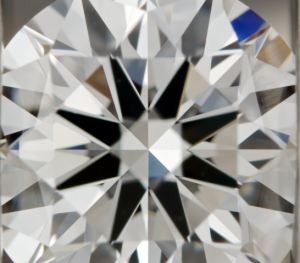
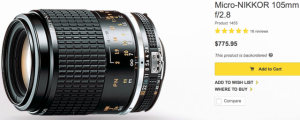
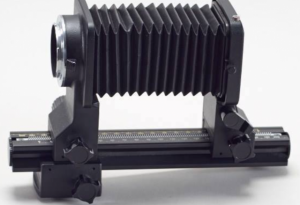
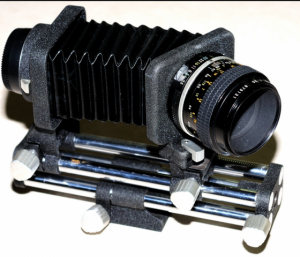

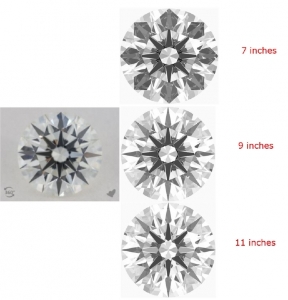


300x240.png)